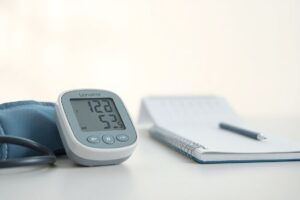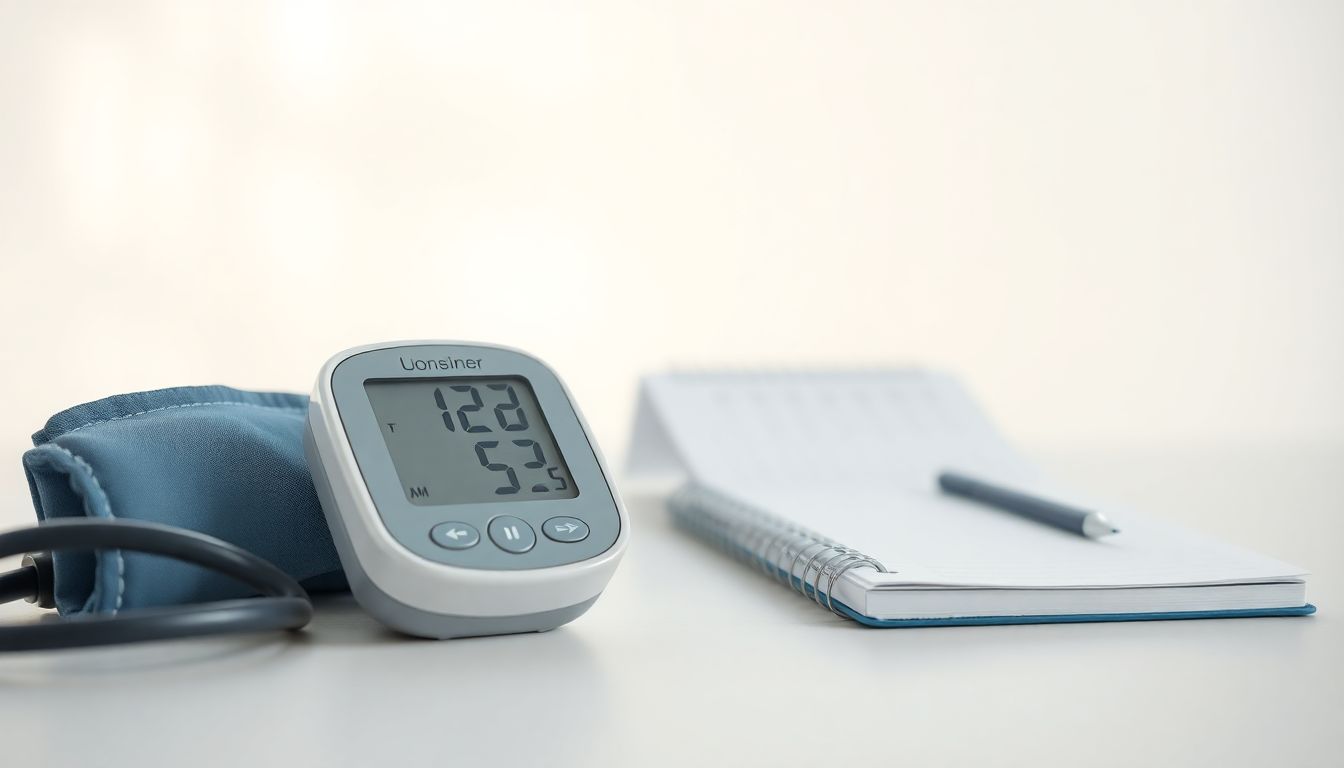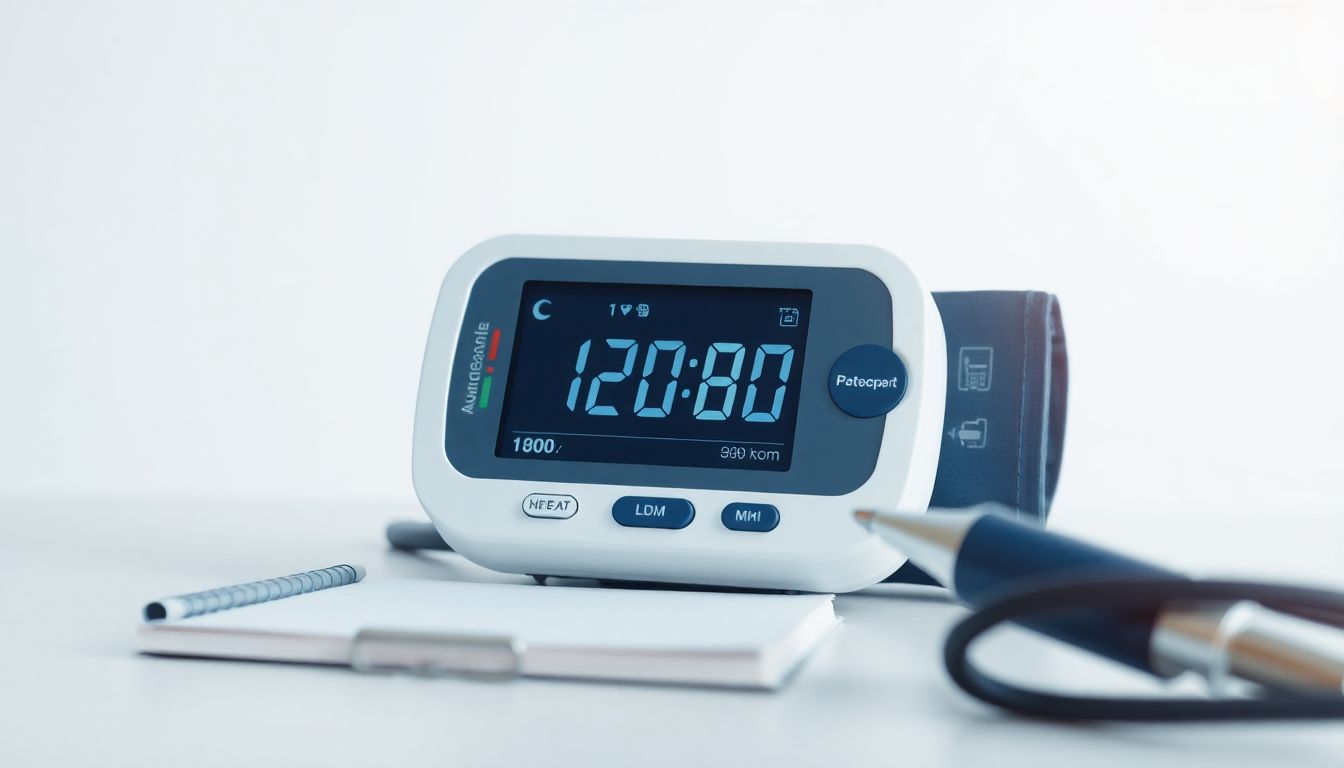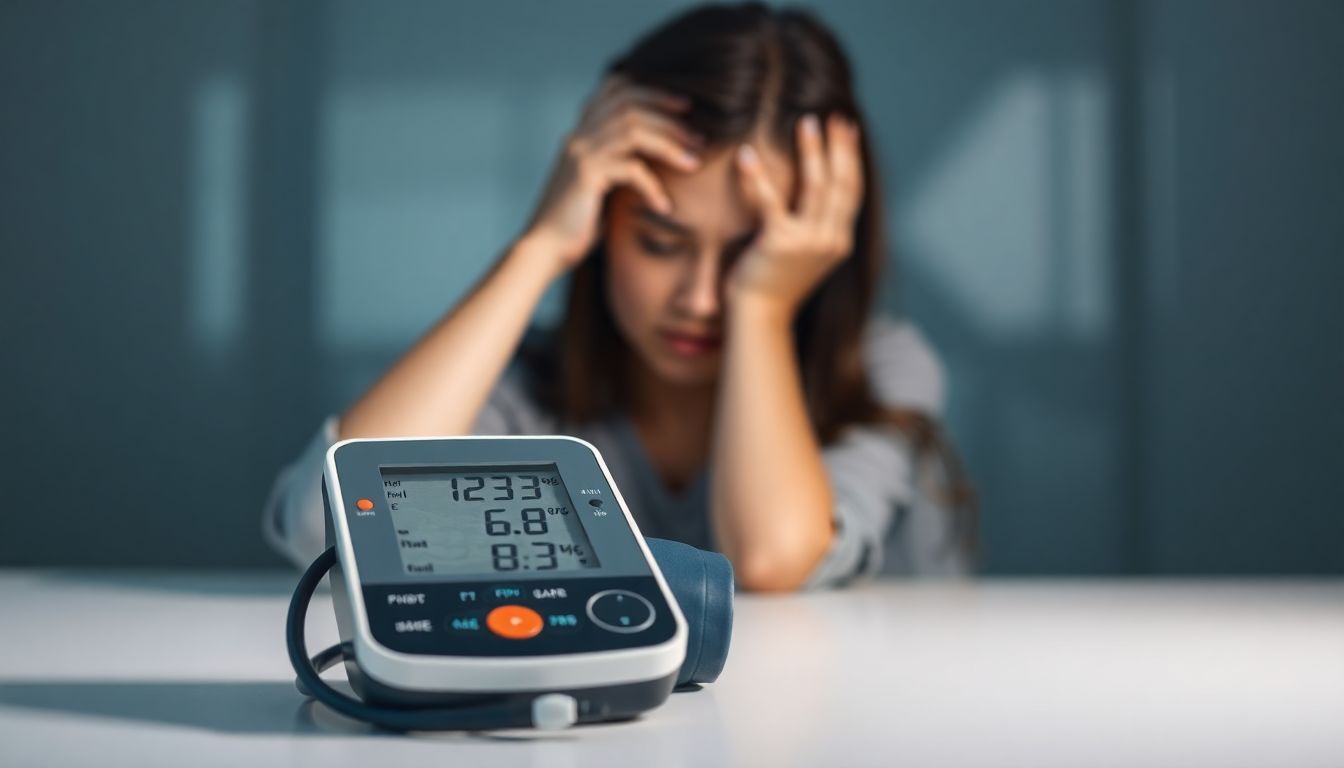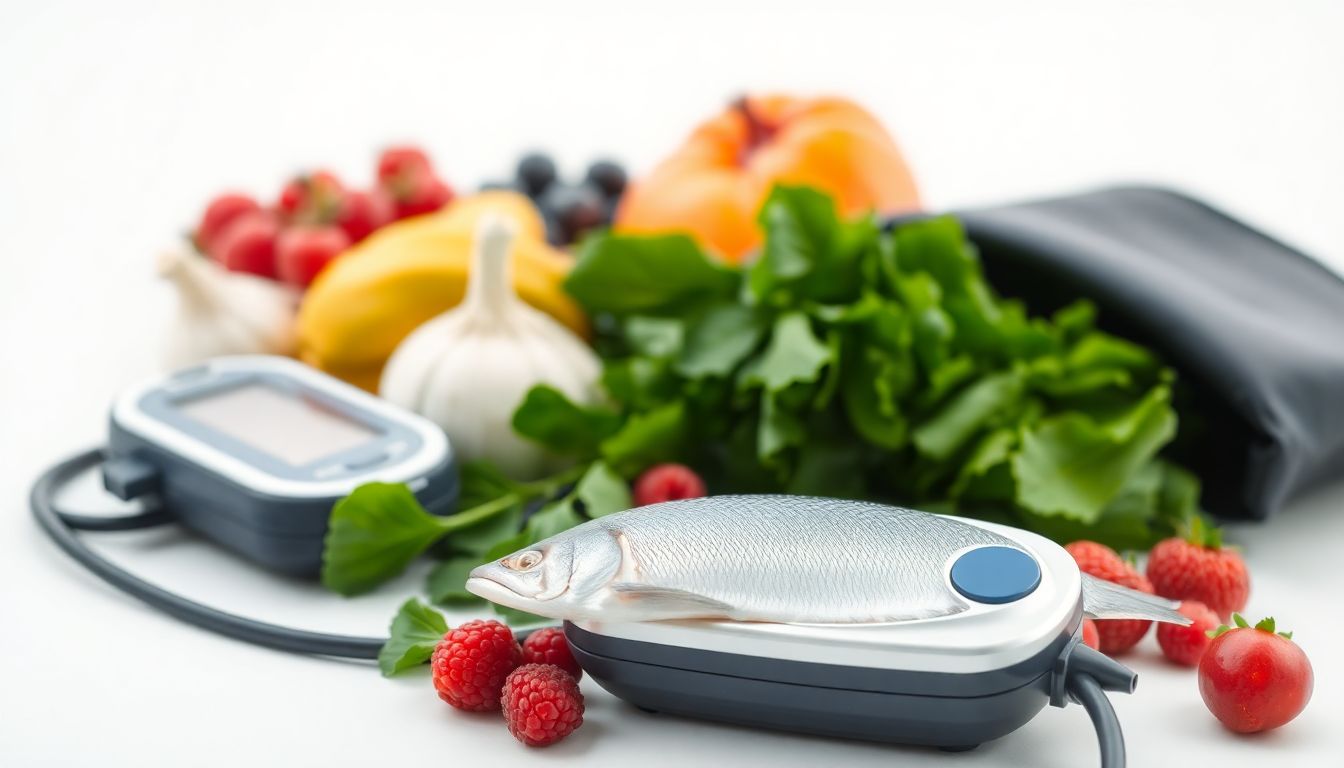Monitoring your blood pressure regularly is one of the most effective ways to prevent heart disease and stroke.
But how often should you really check it?
For some people, once a month is enough. For others, daily monitoring is essential — especially if you have risk factors like diabetes, stress, or family history of hypertension.
In this article, you’ll learn how frequently to test your blood pressure based on your age, risk level, and goals, plus how to keep your readings accurate and meaningful.
(Related Reading: How to Check Blood Pressure at Home (and Get Accurate Readings))
❤️ Why Regular Monitoring Matters
High blood pressure can rise silently for years without symptoms.
Routine checks can:
- Detect hypertension early
- Prevent heart, kidney, and brain complications
- Help you track lifestyle progress
- Ensure medication is working effectively
(Also read: Understanding Blood Pressure Numbers: What They Really Mean)
📆 How Often to Check Based on Age and Risk
| Group | Recommended Frequency | Reason / Notes |
|---|---|---|
| Healthy adults under 40 | Every 3–6 months | Preventive screening for rising trends |
| Adults 40–59 (no hypertension) | Every 1–2 months | Early detection as arteries begin to stiffen |
| Adults 60+ | At least once per week | Increased risk of pressure fluctuations |
| Anyone with hypertension diagnosis | Daily or every other day | Track response to treatment and lifestyle |
| Diabetics or kidney disease patients | Daily (preferably morning & evening) | BP often rises with blood sugar changes |
| On blood pressure medication | As directed by your doctor (usually daily for 2 weeks, then weekly) | To evaluate dose and effects |
| Pregnant women (especially preeclampsia risk) | Weekly or as recommended | Early intervention prevents complications |
(Also read: Natural Remedies for High Blood Pressure in Diabetics)
🕒 Best Times of Day to Measure
Consistency is more important than timing — but for accuracy, measure:
- Morning: Before breakfast and medication
- Evening: Before bed, after sitting calmly for 5 minutes
Avoid checking immediately after caffeine, meals, or exercise.
(Also read: Morning Habits That Help Reduce High Blood Pressure)
🧾 How to Track Your Results
Use a simple tracking system to spot trends over time.
You can use:
- A blood pressure logbook or spreadsheet
- A digital app that syncs with your monitor
- A handwritten journal
Record the date, time, systolic/diastolic readings, and notes (e.g., stress, meals, or sleep quality).
Example Tracking Table
| Date | Time | Systolic | Diastolic | Notes |
|---|---|---|---|---|
| 10 Nov | 8:00 AM | 122 | 78 | Morning calm |
| 10 Nov | 8:00 PM | 128 | 82 | After dinner |
| 11 Nov | 8:00 AM | 120 | 76 | Walked 30 mins prior |
(Also read: The Complete Guide to Lowering Blood Pressure Naturally)
⚠️ When to Check More Frequently
You may need to check your blood pressure more often if:
- You feel lightheaded, dizzy, or fatigued
- You’ve recently changed medication
- You’re experiencing stress, poor sleep, or diet changes
- You’re recovering from illness or dehydration
If your numbers remain above 130/80 mmHg for several days, consult your healthcare provider.
(Also read: When to See a Doctor for High Blood Pressure (Warning Signs & Next Steps))
🧘 Tips for Consistent Results
- Use a validated upper-arm monitor
- Measure at the same times each day
- Rest 5 minutes before testing
- Avoid caffeine, nicotine, or heavy meals before
- Keep both feet flat on the floor
- Don’t talk or cross legs during readings
- Average two readings, one minute apart
🧠 Why Doctors Recommend Home Monitoring
Home readings often reflect your true average blood pressure better than in-clinic readings.
They also:
- Eliminate “White Coat Hypertension”
- Empower you to manage lifestyle changes
- Reduce unnecessary medication adjustments
(Also read: BP Zone Review: Benefits, Ingredients, and Results)
❓ FAQs — How Often Should You Check Your Blood Pressure
- Is it okay to check BP every day?
Yes — especially if managing hypertension or on new medication. - Can I check too often?
Avoid over-checking multiple times per hour — it can cause stress. - When is the best time of day to measure?
Morning and evening give the most balanced average. - Should I check both arms?
Yes initially; then use the arm with higher readings. - How often should seniors check BP?
Once or twice weekly, more often if readings fluctuate. - Should I record my readings?
Always — tracking trends helps doctors make better decisions. - How long should I wait between readings?
One to two minutes between tests. - Can I rely on smartwatch readings?
Use a medical-grade monitor for accuracy; smartwatches are for trends only. - Does stress affect frequency of checks?
During high-stress periods, check more often to monitor spikes. - What if my numbers stay high despite lifestyle changes?
Consult your doctor — medication or deeper evaluation may be needed.
❤️ Final Thoughts
Regular blood pressure monitoring isn’t just for people with health problems — it’s for anyone who wants to stay in control of their heart health.
By checking your numbers consistently and logging them, you’ll spot patterns, prevent surprises, and build a long-term picture of your cardiovascular well-being.
(Also read: The Complete Guide to Lowering Blood Pressure Naturally)
📚 Related Articles
- Understanding Blood Pressure Numbers: What They Really Mean
- How to Check Blood Pressure at Home (and Get Accurate Readings)
- The Complete Guide to Lowering Blood Pressure Naturally



